Factors associated with the prevention of needlestick and sharp injuries
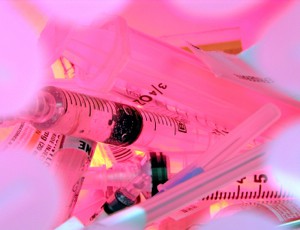
“In the present study, we investigated the roles of safety climate, job demands experienced by physicians, and physicians’ self-efficacy in affecting physicians’ behaviours to prevent NSIs” Chen et al (2020).
Interdisciplinary differences in needlestick injuries

“We aimed to investigate rates of needlestick injury, reasons for underreporting, and how explicit announcements that patients are “high-risk” (i.e., human immunodeficiency virus, hepatitis, or intravenous drug abuse history) might affect the actions of those at risk of sustaining an injury” Katsevman et al (2020).
Job stress and needlestick injuries among nurses
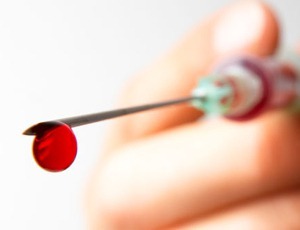
“We conducted an observational study to analyze: 1) the effectiveness of organizational interventions to minimize the occurrence of NSIs in ED nurses; 2) to measure the impact of such interventions on the safety budget” D’Ettorre et al (2020).
Education and devices to prevent blood and body fluid exposures
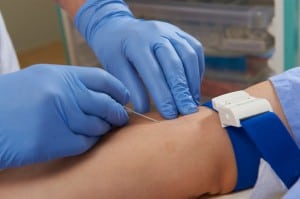
Despite recent technological advances such as safety-engineered devices (SEDs), these injuries continue to occur in healthcare facilities worldwide” Cheetham et al (2019). Abstract: BACKGROUND: Healthcare workers are at risk of blood and body fluid exposures (BBFE) while delivering care to patients. Despite recent technological advances such as safety-engineered devices (SEDs), these injuries continue to occur […]
Review of needlestick prevention safety devices
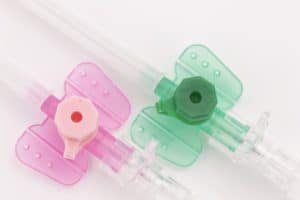
Our surveillance investigated the frequency and the modality of SED-related NSIs in the Piedmont region to verify changes in the epidemiology of these events” Ottino et al (2019). Abstract: OBJECTIVE: Needlestick and sharps injuries (NSIs) involving healthcare workers (HCWs) are worldwide under surveillance since long time; the implementation of the European Directive 32/2010 regarding the […]
Postexposure prophylaxis following needlestick injury

Occupational exposures following needlestick injuries are far from being uncommon and require a standardised approach in counselling the respective healthcare worker” Strobel and Eis (2019). Abstract: Occupational exposures following needlestick injuries are far from being uncommon and require a standardised approach in counselling the respective healthcare worker. In addition, non-occupational exposures likewise cause consultations of […]
The risk of hepatitis B virus infection among medical waste handlers increases in African health care settings
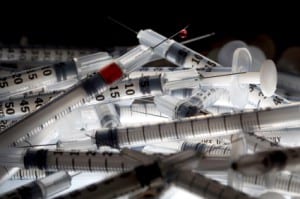
The aim of this study was to investigate the association between medical waste handling and HBV infection by conducting a meta-analysis of available evidence” Arafa and Eshak (2019). Abstract: Background: Hepatitis B virus (HBV) infection is a significant occupational hazard in health care settings and represents a public health concern. The aim of this study […]
Novel treatment of a vaccinia virus infection from an occupational needlestick
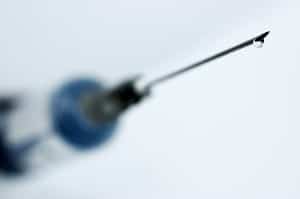
CDC was notified about an unvaccinated laboratory worker with a needlestick exposure to VACV, who developed a lesion on her left index finger” Whitehouse et al (2019). Abstract: Vaccinia virus (VACV) is an orthopoxvirus used in smallpox vaccines, as a vector for novel cancer treatments, and for experimental vaccine research (1). The Advisory Committee on […]
Prevalence and associated factors for needlestick injuries in Jeddah
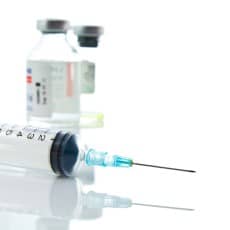
Our study aims to address knowledge gaps on prevalence and associated factors for needlestick and sharp injuries (NSIs) for the first time in Saudi Arabia” AlDakhil et al (2019). Abstract: BACKGROUND: Dental personnel are subject to exposure to a number of occupational factors including needlestick and sharp injuries (NSIs). Our study aims to address knowledge […]
Causes of needlestick injuries among healthcare providers in Tehran
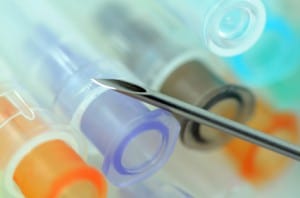
Needle Stick Injuries (NSIs) are the most common occupational injuries among HCWs. The aim of this study was to explore the causes of such injuries at a university hospital in Tehran, Iran, in 2016″ Moghadam et al (2019). Abstract: BACKGROUND: Needle Stick Injuries (NSIs) are the most common occupational injuries among HCWs. The aim of […]
Needlestick and sharps injuries in orthopedic surgery residents

Needlestick and sharps injury (NSSI) is a common occupational hazard of orthopedic surgery training. The purpose of this study was to examine the incidence and surrounding circumstances of intraoperative NSSI in orthopedic surgery residents and fellows and to examine postexposure reporting” Snavely et al (2019). Abstract: OBJECTIVE: Needlestick and sharps injury (NSSI) is a common […]
Prevalence of needlestick injury among healthcare workers

The aim was to establish the pooled prevalence of needlestick injuries among healthcare workers in Ethiopia” Yazie et al (2019). Abstract: BACKGROUND: Health facilities can provide diagnostic, curative, and prognostic services for the community. While providing services, healthcare workers can be exposed to needlestick injuries that can transmit pathogenic organisms through body fluids. OBJECTIVE: The […]
Survey suggests rise in the incidence of sharp injuries

There is an urgent need for aggressive SI-reduction strategies, including leadership support, safety-engineered devices (SED) training/education, and adoption of safer, less user-dependent SED” Grimmond and Good (2019). Abstract: Background: The annual Exposure Survey of Trends in Occupational Practice (EXPO-S.T.O.P.), conducted by the Association of Occupational Health Professionals in Healthcare, provides a U.S. national overview of […]
Incidence and prevention behavior for needlestick injuries

This study analyzes the different rate of incidence and prevention behavior for needlestick injuries (NSIs)” Silowati et al (2019). Abstract: OBJECTIVE: This study analyzes the different rate of incidence and prevention behavior for needlestick injuries (NSIs). METHOD: This is a quantitative study using a cross-sectional design. Respondents were selected using a stratified sampling method. The […]
Incidence and analysis of sharps injuries and splash exposures

We aimed to report the ten-year incidence and trend of sharps injuries and splash exposures (SISE), and analyse the causative instruments and risk factors leading to these injuries to identify potential areas of improvement” Leong et al 92019). Abstract: INTRODUCTION: We aimed to report the ten-year incidence and trend of sharps injuries and splash exposures […]
Review of sharps safety-engineered device use in the UK
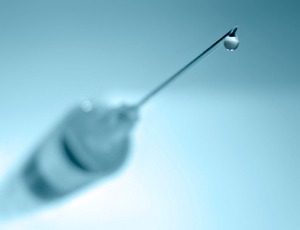
The 2013 UK sharps safety regulations require healthcare facilities to use safety-engineered devices (SEDs) to protect staff. The recent increase in UK-reported occupational exposures could indicate increased reporting or increased exposures from suboptimal SED use” Grimmond (2019). Abstract: BACKGROUND: The 2013 UK sharps safety regulations require healthcare facilities to use safety-engineered devices (SEDs) to protect […]
Analysis of needlestick injuries and depression among medical staff

To investigate needlestick injuries and depression among the female medical staff in a city district” Yuan et al (2019). Abstract: Objective: To investigate needlestick injuries and depression among the female medical staff in a city district. Methods: Using cross-sectional survey methods, female medical staff from selected sixteen hospitals voluntarily participated in questionnaire survey on APP […]
Attitudes towards needlestick injuries among junior doctors

To estimate the prevalence of under-reporting of NSIs and to evaluate the knowledge, attitude and behaviour towards NSIs among junior doctors in a tertiary hospital in Singapore” One et al (2019). Abstract: BACKGROUND: Needlestick injuries (NSIs) are common healthcare-related injuries and possible consequences include blood-borne infections. Despite that, a large proportion of NSIs are not […]
High-risk needlestick injuries and virus transmission
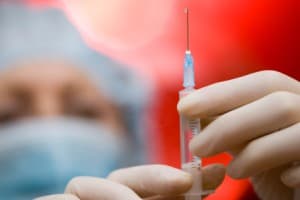
Evaluation of the follow-up monitoring after NSI with respect to early recognition of transmission of HIV, HCV and HBV as well as adherence and psychological burden of HCP” Safari et al (2019). Abstract: BACKGROUND: Needlestick injuries (NSI) of healthcare personnel (HCP) are work-related accidents with a risk of transmission of blood-borne human immunodeficiency virus (HIV), […]
Systematic review of occupational hazards for health workers in Africa

This systematic review examined occupational exposure rates to blood and bloodborne pathogen among healthcare workers in sub-Saharan Africa” Mossburg et al (2019). Abstract: BACKGROUND: While all healthcare workers are exposed to occupational hazards, workers in sub-Saharan Africa have higher rates of occupational exposure to infectious diseases than workers in developed countries. Identifying prevalence and context […]
Underreporting of bloodborne pathogen exposures in nursing students

Although nursing students perform many of the same procedures as licensed nurses, students are less skillful when handling sharps and are at higher risk of injury” Black Thomas (2019). Abstract: BACKGROUND: Although nursing students perform many of the same procedures as licensed nurses, students are less skillful when handling sharps and are at higher risk […]
Review of needlestick injuries of healthcare workers

Preventive measures refer to the reduction of the number of needlestick injuries by improving work organization and usage of needle devices with safety features as well as to the reduction of infection risk by hepatitis B vaccination and wearing safety gloves” Ochmann and Wicker (2019). Abstract: Injuries of healthcare workers with sharp instruments are considered […]
Knowledge and awareness of Hepatitis B among preclinical year medical students
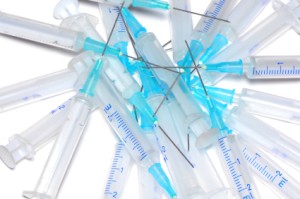
This study revealed lack of complete knowledge regarding hepatitis B among preclinical year medical students” Sannathimmappa et al (2019). Abstract: BACKGROUND AND OBJECTIVE: Hepatitis B is an occupational health hazard to health-care workers. The complete knowledge of hepatitis B virus (HBV) transmission and prevention is indispensable for medical students. This study was conducted to assess […]
Needlestick injury prevention training among health care workers
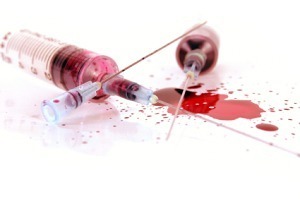
The rate of human immunodeficiency virus (HIV), hepatitis B virus (HBV), and hepatitis C virus (HCV) infections among health care workers that is caused by sharps injuries is higher in the Caribbean and Latin America than in other regions of the world” Akpinar-Elci, et al (2018). Abstract: The rate of human immunodeficiency virus (HIV), hepatitis […]
Lymphocytic choriomeningitis virus meningitis after needlestick injury

We report of a case of LCMV meningitis in a laboratory worker who sustained a penetrating needlestick injury with a LCMV-contaminated hollow needle whilst disposing of a used syringe into the sharps waste bin” Dräger et al (2019). Abstract: Background: Needlestick accidents while handling of infectious material in research laboratories can lead to life-threatening infections […]
Hepatitis B and C among healthcare workers and patients

In the EU/EEA approximately 9 million people are chronically infected with hepatitis B virus (HBV) or hepatitis C virus (HCV), and many are undiagnosed. Targeted active case finding initiatives are needed” Tavoschi et al (2019). Abstract: Background: In the EU/EEA approximately 9 million people are chronically infected with hepatitis B virus (HBV) or hepatitis C […]
Behavior of health care workers in the area of needlestick injuries

The aim of this study was to analyze behaviors of health care workers (HCWs) in the field of needlestick injuries (NSIs) as well as to learn about their attitudes to patients infected with blood-borne viruses” Garus-Pakowska and Górajski (2019). Abstract: Blood-borne infections represent an important occupational health issue in health care settings. The aim of […]
Risk of needlestick injuries in a tertiary university hospital in southern Italy

Worldwide the needlestick injuries of health care workers (HCWs) still represent a major health problem. The authors aimed to evaluate the risk of HCW needlestick injuries in a tertiary university hospital in southern Italy” Bianco et al (2019). Abstract: Worldwide the needlestick injuries of health care workers (HCWs) still represent a major health problem. The […]
Working practices of waste handlers in Ethiopia
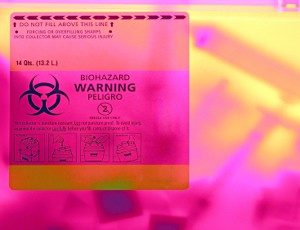
Waste handlers play a significant role for its proper management and they need to have adequate knowledge, attitude, and practices. The study aimed to evaluate the knowledge, attitude, and practices of waste handlers regarding medical waste management in Debre Markos town healthcare facilities, northwest Ethiopia” Deress et al (2019). Abstract: OBJECTIVE: Medical waste is a […]
Occupational exposure to blood and body fluids in Ethiopia
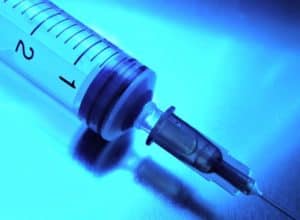
The main objective of this study was to assess the magnitudes of occupational exposure of blood and body fluids and associated factors among health workers at the University of Gondar Hospital” Yasin et al (2019). Abstract: BACKGROUND: Occupational exposure to blood and body fluids (BBFs) is a serious concern for health care workers (HCWs) and […]

